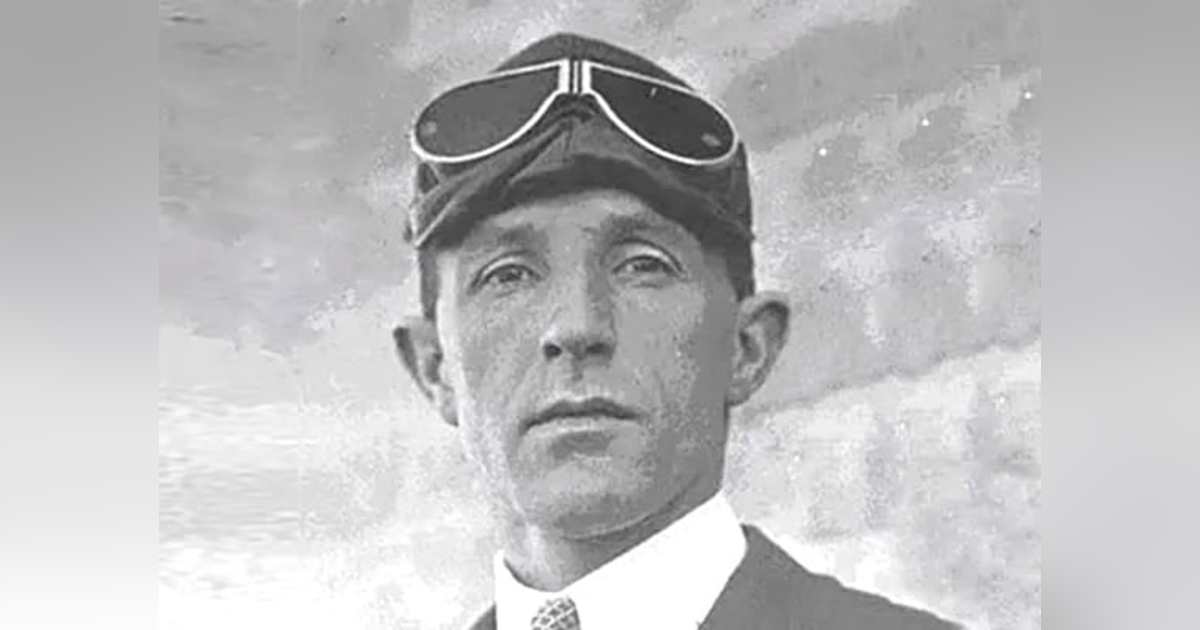From WW1 ace fighter pilot, to starting Australia's very first airline

Within a few short years after the First World War, over the heads of horses donkeys camels and bullock teams, a new sound could be heard in Australia’s interior: the droning and spluttering of aircraft.
First it was the 'barnstormers' offering thrills and first flights to small country communities. Then came airmail services, then passenger routes were opened.
It was Sir Norman Brearley, with his Western Australian Airways who first made it to airline status, with a route from Geraldton to the far north-west of Australia's largest State.
As he told John Francis during an interview in 1971, Sir Norman, born 1890, was 13 when the Wright Brothers first took to the air. In the early days of World War One after less than two hours instruction, when his flight instructor refused to go up with him again, Norman said he 'taught myself to fly'.
By June 1916 he was in action on the Western Front, during which time on what was considered a 'suicidal mission' he shot down an observation balloon, and later with another pilot attacked seven enemy aircraft, before being shot down in No Man's Land with a bullet through both lungs.
Sir Norman's many aerial adventures and later prominent role in military pilot training, saw him awarded a Military Cross, a Distinguished Service Order, and the Air Force Cross.
As you will hear in this first of a two-part series – and even more so in the second part to follow – Sir Norman Brearley was a fighter, both in the air and later in establishing his airline.






